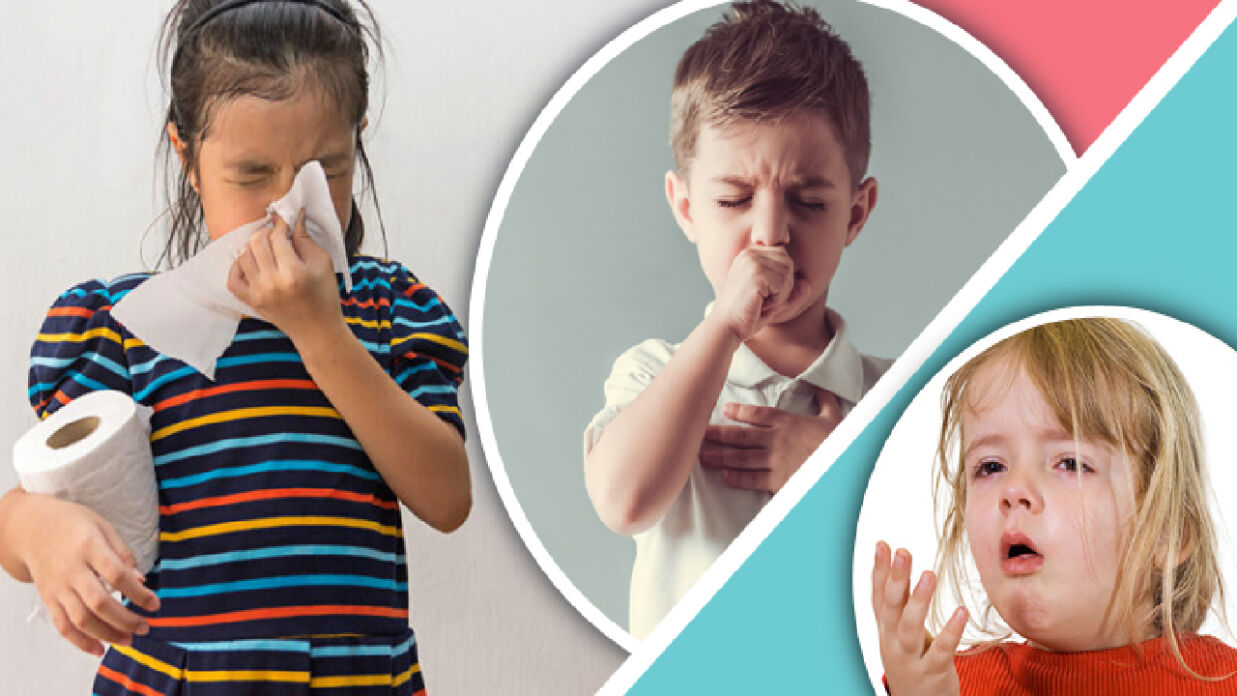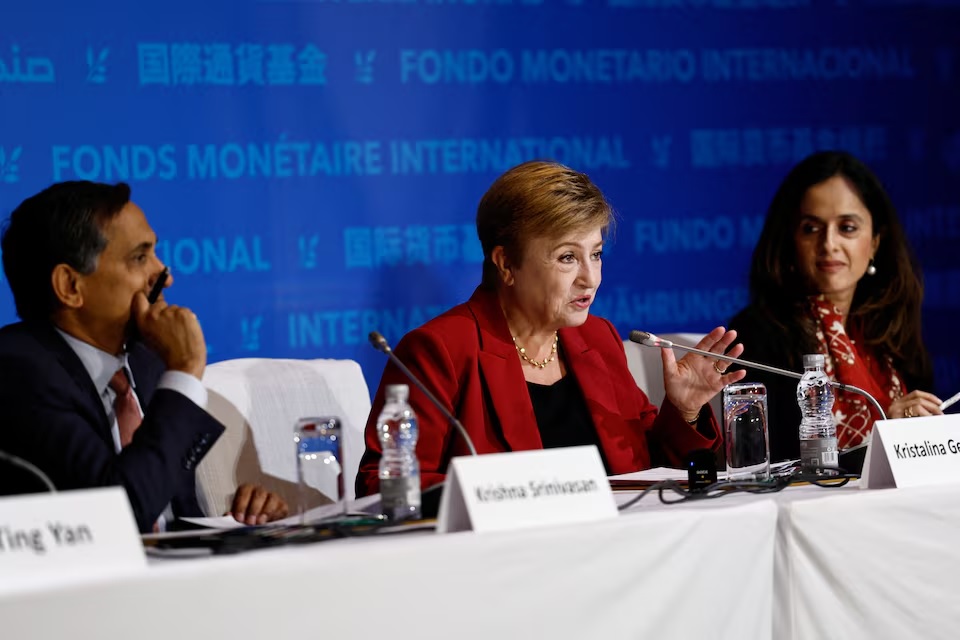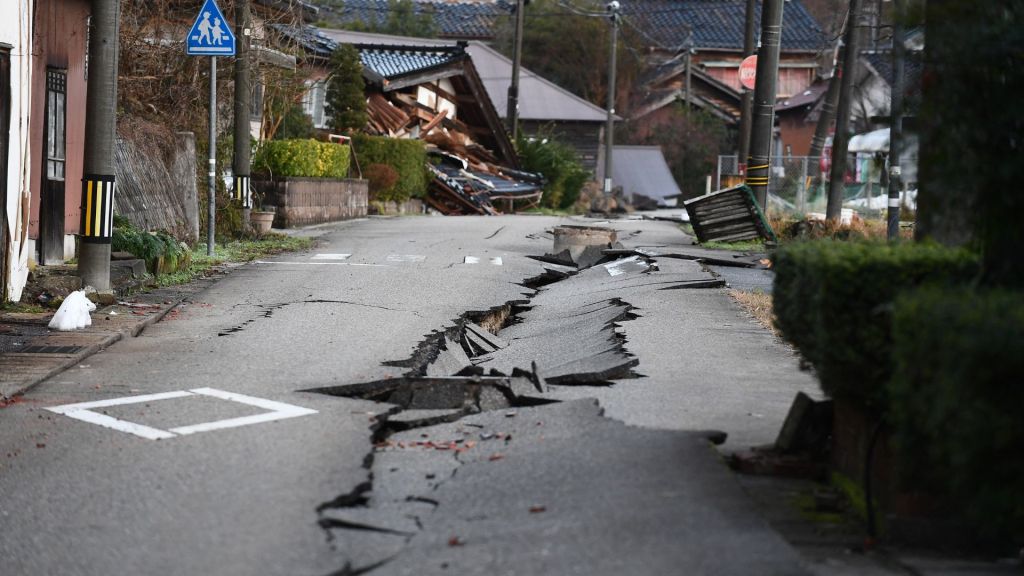Rising Winter Risks: Raising Awareness to Combat Seasonal Health Challenges

As winter sets in with biting cold, dense fog, and chilly air sweeping across the country, the looming threat of seasonal illnesses grows. With the first cold wave already impacting the northern and southwestern parts of Bangladesh, the need for heightened awareness is critical to prevent the spread of winter-related diseases.
The Growing Cold Wave and Its Impact
As December arrives, the country faces harsh winter conditions, especially in areas like Panchagarh and Rajshahi, where temperatures have dropped significantly, hitting as low as 8°C. While some regions are experiencing a mild cold wave, others have seen temperatures reach 10°C, signaling the onset of a more intense chill. The Bangladesh Meteorological Department has warned that this could persist for several more days, with a greater likelihood of prolonged cold waves throughout the month.

Health Risks Due to Cold Weather
With the temperature plummeting, vulnerable populations such as the elderly, children, and low-income groups are suffering the most. The cold not only brings discomfort but also exacerbates health risks. The number of people suffering from cold-related illnesses, such as respiratory infections, pneumonia, and diarrheal diseases, is rising sharply. Children, especially, are at higher risk for conditions like asthma, bronchitis, and pneumonia, while elderly individuals often experience worsened symptoms of arthritis and joint pain.
Precautions and Care for Winter-Related Health Issues
To protect against the harsh winter, it’s crucial to follow specific guidelines. Keeping warm through appropriate clothing, such as hats, scarves, and thermal wear, is vital. For children, ensuring they stay indoors during the coldest periods and avoiding exposure to dust and pollutants is essential to prevent respiratory issues. For adults, particularly those with chronic conditions like asthma or arthritis, managing symptoms through medication and avoiding sudden temperature changes is key.

Additionally, the winter season brings an increased risk of heart attacks, especially during early mornings. Individuals with high blood pressure or diabetes must take extra care by avoiding excessive outdoor exposure and maintaining a balanced diet rich in seasonal fruits and vegetables. Regular consumption of foods like oranges, pomegranates, and green leafy vegetables can help boost immunity and combat the effects of the cold.
Community Action and Government Responsibility
While the winter might feel like a natural disaster to those most affected, it’s essential for communities and the government to step up and provide necessary support. In recent years, the distribution of winter clothing has sharply decreased, and there is a pressing need for both government and non-governmental organizations to take swift action to provide relief to the most vulnerable populations.

The government must implement widespread initiatives to ensure the distribution of winter clothing and other necessities. Similarly, the involvement of local NGOs and individuals in providing aid will be crucial in mitigating the impact of this harsh season.
Winter is a season of beauty, but for many in Bangladesh, it also brings significant hardship. Through coordinated efforts, increased awareness, and timely interventions, we can help protect those most at risk and alleviate their suffering during these cold months.






















